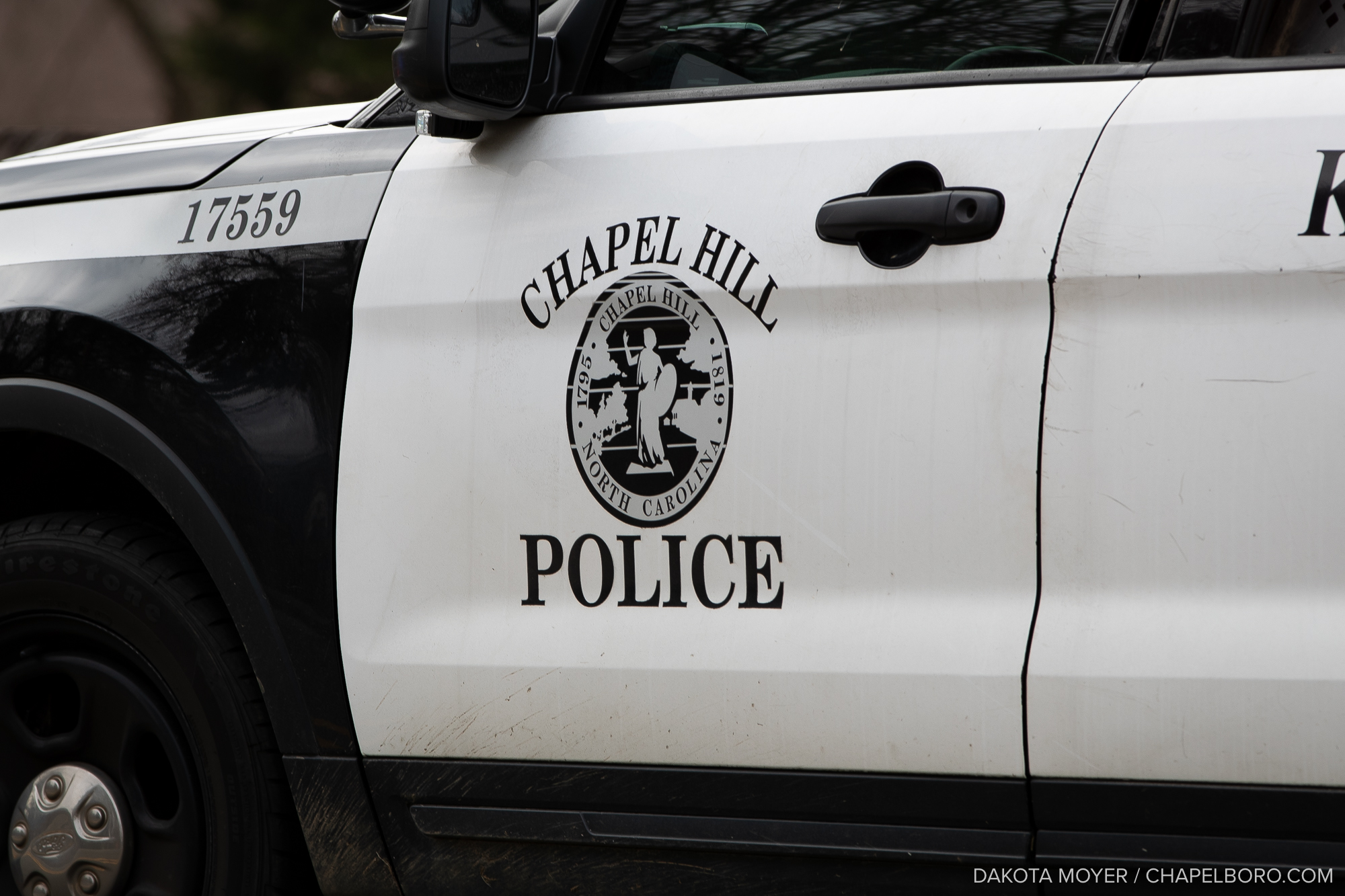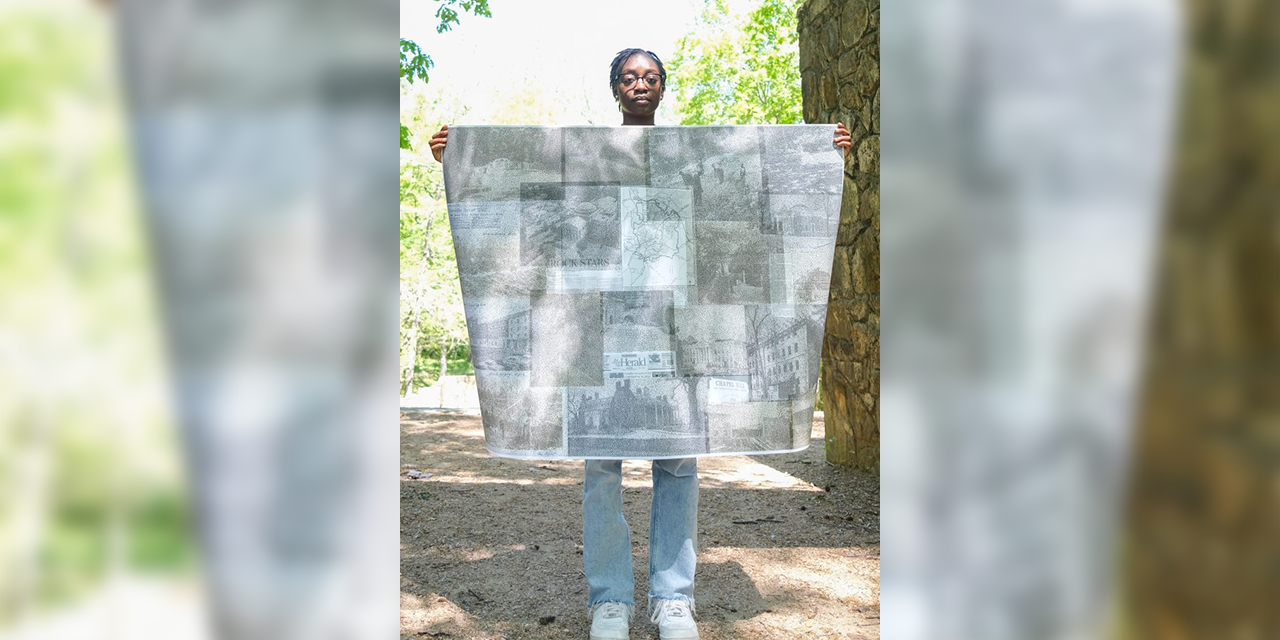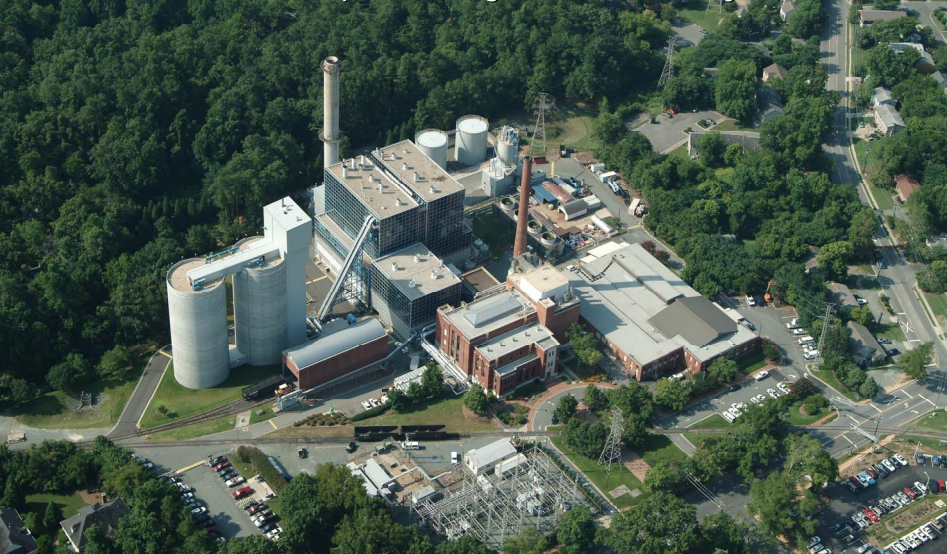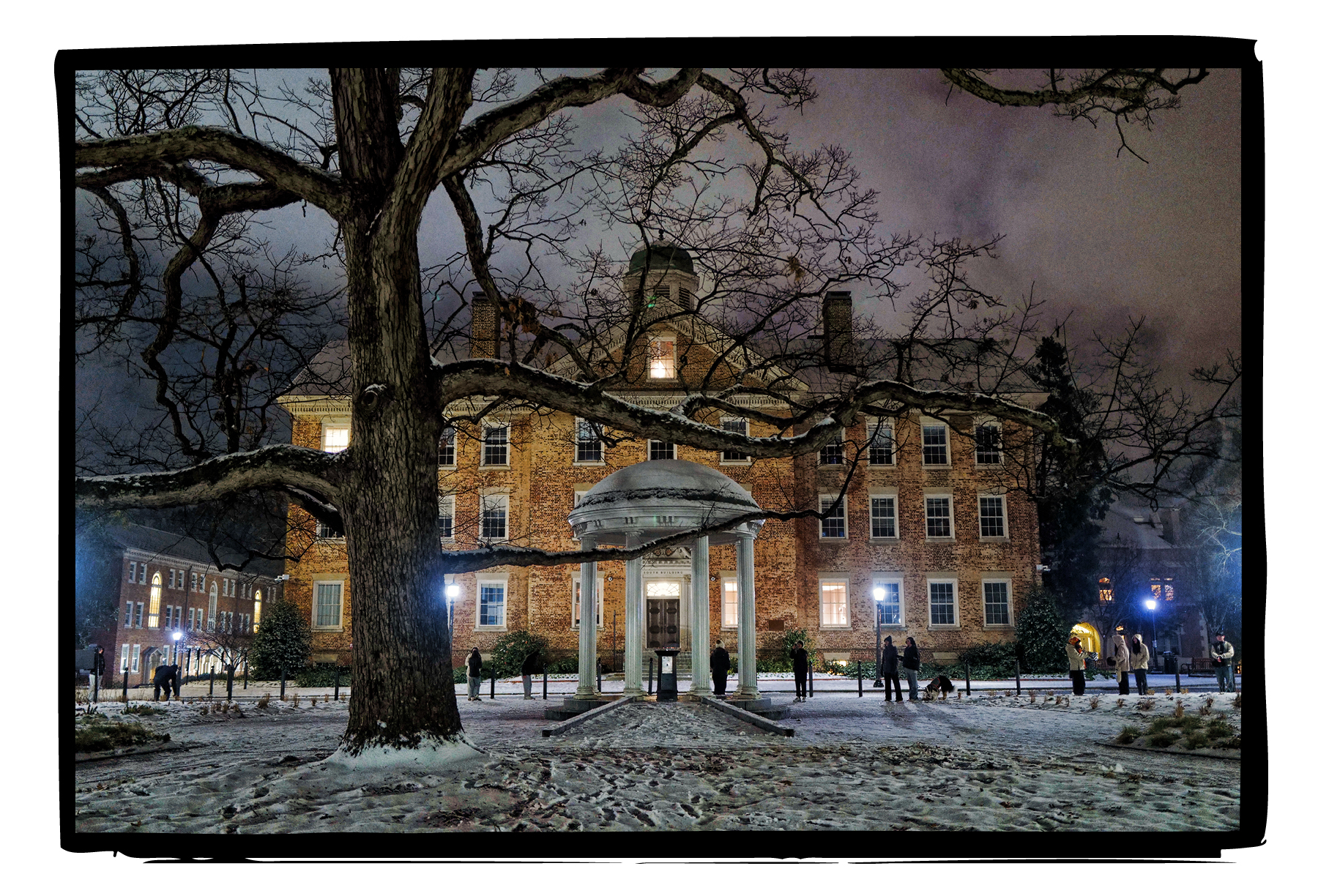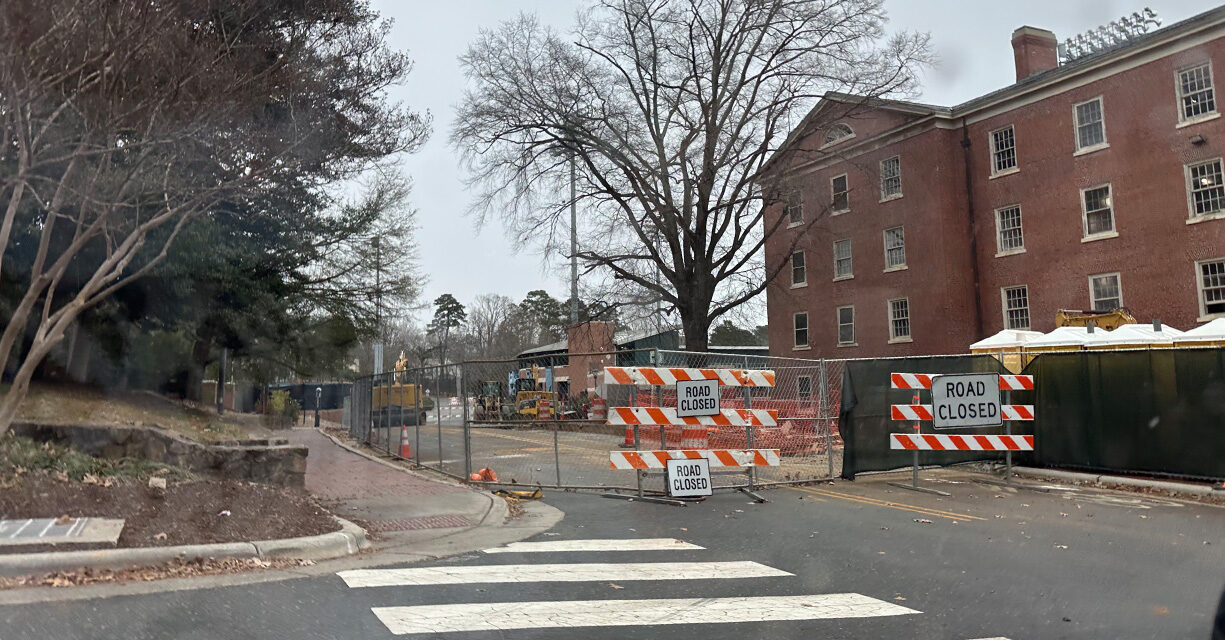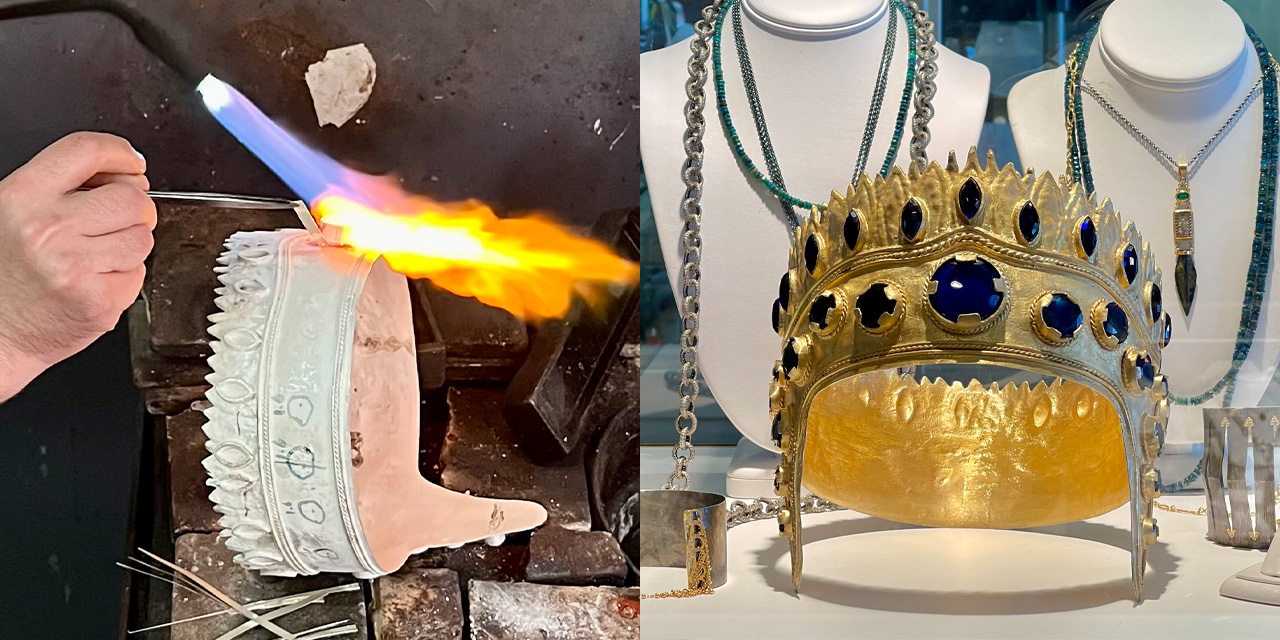A new solar energy project was unveiled at UNC on Tuesday.
“How cool is this?”
Vice Chancellor for Student Affairs Winston Crisp asked at the Frank Porter Graham Student Union on Tuesday afternoon ahead of the ribbon cutting for a solar energy project at Carolina.
The UNC Renewable Energy Special Projects Committee unveiled its newest project, a bank of solar panels on top of the student union.
The project will produce 24,000 kilowatts of power annually, enough to offset more than 33,000 miles driven by vehicles or 33,000-plus pounds of burned coal. It’s the equivalent of planting 386 trees, according to the university.
Jessie Robinson is a student at Carolina and the co-chair of the Renewable Energy Special Projects Committee. She says since the groups founding in 2003 they have worked on several projects to make the Carolina campus more green, including converting the P2P buses to biodiesel and retrofitting LED lighting across the campus.
“We just recently did solar umbrellas in the Pit area,” she says. “This was a great visibility project for RESPC because students are able to see the solar panels and use the energy to charge their phone while hanging out at the table doing work, eating lunch, whatever it may be.”
These projects are funded through a $4 fee per semester of every student’s tuition.
Charlie Egan is the other committee co-chair, and he says there are a lot of other projects in the pipeline.
“We’re engaged in a project right now to bring a large solar array to the Friday Center,” he says, “which we’re very excited about because it’s compatible with the LED lights we’ve already installed there.
“Also, we’re working on construction right now for a solar greenhouse, which will be at the Carolina Campus Community Garden.”
Egan adds projects in development include bringing an electric-vehicle charger and a solar carport to campus.
UNC System President Tom Ross was in attendance at the ribbon cutting. He says projects of this nature are important for the environment and reaching energy goals for the university. But they also save the system money.
“Since I’ve been President, in five years, we have occasionally had a budget cut or two,” he says. “Every single year we’ve had budget cuts.”
He says it can be hard to absorb those cuts.
“The first year I was here we had a $450 million cut, 16 percent of our budget almost.”
Ross adds hundreds of millions of dollars have been saved through energy saving programs, cutting 25 percent of the 17-campus system’s energy consumption. He says it is the goal of the system to save $1 billion in energy costs over a 20-year period that began when Ross took over as President.
Ross points to a goal that was set in 2009 that all system campuses would become carbon-neutral by 2050.
Crisp says that “pride” is the best word to describe how he feels seeing students, who he calls the engine of the university, so heavily involved in these projects.
“There’s a joy in the energy that they bring, the sense of belief,” he says. “The older you get, the more jaded you can tend to be about what it takes to effectuate real change.
“Our students don’t bring that to the table. They bring an honest belief and an honest commitment that things can always be better.”
Ross echoes the pride felt by Crisp.
“There is no feeling better in higher education,” he says, “than to see students that are creative and innovative and they figure out on their own how to make something happen and then see it come to reality.
“It’s a wonderful day for them, but it’s a wonderful day for the university because it does set an example for everybody else about how to do things the right way for the future. Can’t get any better than this.”




